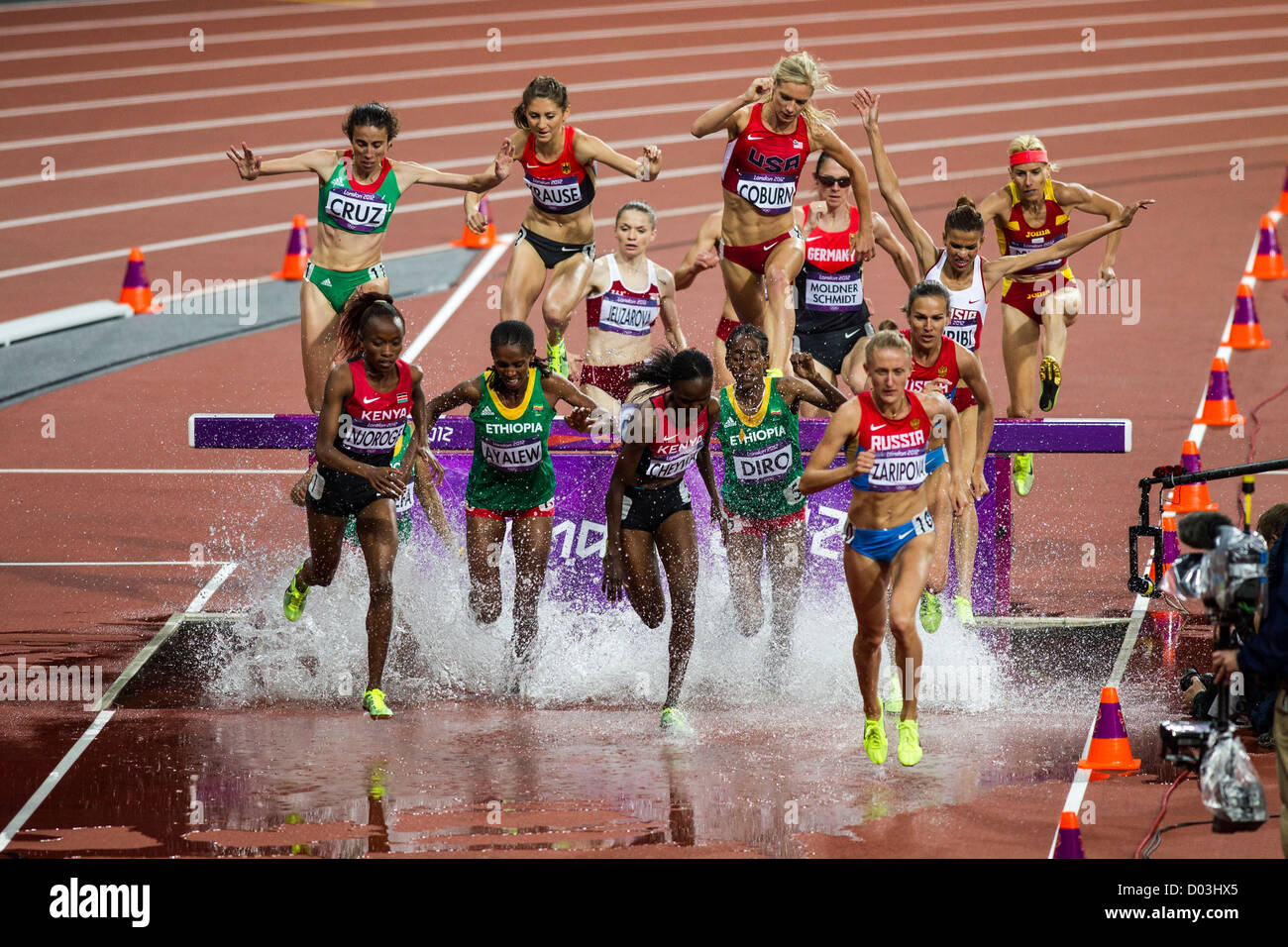History and Evolution of the 3000m Steeplechase: 3000m Steeplechase Olympics

The 3000m steeplechase, a thrilling and demanding event in track and field, has a rich history that spans over a century. It has evolved from its humble beginnings as a unique obstacle course to the highly competitive and strategic race it is today.
The steeplechase originated in England in the mid-19th century. It was inspired by cross-country races that featured natural obstacles such as streams, fences, and ditches. These races were often held on hunting grounds, and participants would have to jump over fences and navigate through water hazards to reach the finish line.
Early Years and Notable Moments
The early steeplechase events were characterized by their unconventional nature and lack of standardized rules. The distances varied widely, and the obstacles were often makeshift and unpredictable. One of the earliest documented steeplechase races took place in 1839 at Rugby School in England. The course included a series of fences, a water jump, and a stretch of rough terrain.
In 1860, the first official steeplechase event was held at the Epsom Derby in England. The race was run over a distance of four miles and included 16 fences. The event quickly gained popularity, and steeplechase races became a regular fixture at major sporting events in England and other countries.
Standardization and Evolution
As the steeplechase gained popularity, the need for standardized rules and regulations became apparent. In 1880, the Amateur Athletic Association (AAA) in England established a set of rules for steeplechase races, which included specific distances, obstacle heights, and water jump dimensions. These rules were later adopted by other countries, and the steeplechase became a recognized event in the Olympic Games.
The 3000m steeplechase emerged as the standard distance in the early 20th century. The race was first included in the Olympic Games in 1920, and it has been a popular event ever since. The inclusion of the 3000m steeplechase in the Olympics further solidified its status as a major track and field event.
Notable Figures and Records
The 3000m steeplechase has seen many legendary athletes, including:
- Volmari Iso-Hollo (Finland): A three-time Olympic medalist in the 3000m steeplechase, Iso-Hollo dominated the event in the 1930s and 1940s. He set a world record in 1938 that stood for 13 years.
- Gheorghe Tiştea (Romania): A three-time Olympic medalist, Tiştea won gold at the 1984 Olympics and set a world record in 1984 that lasted for almost 10 years.
- Saïd Aouita (Morocco): A world-renowned middle-distance runner, Aouita broke the world record in the 3000m steeplechase in 1984 and held it for over a decade.
- Ezekiel Kemboi (Kenya): A four-time Olympic medalist and two-time world champion, Kemboi is considered one of the greatest steeplechasers of all time. He is known for his aggressive style and his ability to overcome challenges.
Rules and Regulations, 3000m steeplechase olympics
The rules and regulations of the 3000m steeplechase have evolved over time, but the basic principles remain the same. The race is run over a distance of 3000 meters, with obstacles placed at regular intervals along the course. The obstacles consist of 12 water jumps and 28 hurdles.
- Water Jumps: Runners must jump over a water jump, which is a ditch filled with water. The water jump is typically 3.66 meters wide and 0.76 meters deep. Runners must clear the water jump without touching the water or the barriers.
- Hurdles: Runners must jump over a series of hurdles, which are 91.4 centimeters high. The hurdles are placed at regular intervals along the course.
- Penalty: If a runner fails to clear a water jump or hurdle, they must jump over it again. If a runner touches the water or the barriers of a water jump, they are penalized.
3000m steeplechase olympics – The 3000m steeplechase is a grueling test of endurance and agility, demanding athletes to navigate water jumps and hurdles. After a race, a runner might crave the comfort of a leather chair and matching ottoman , allowing their muscles to relax and their mind to unwind.
The next morning, however, they’ll be back on the track, ready to conquer the next obstacle in their quest for Olympic glory.
The 3000m steeplechase is a grueling test of endurance and agility, requiring athletes to navigate water jumps and hurdles. The race demands focus and resilience, much like the craft of creating a leather baseball mitt chair. Both require a meticulous attention to detail and a dedication to quality, resulting in a unique and impressive outcome.
The steeplechase, however, offers a different kind of reward: the thrill of crossing the finish line first.